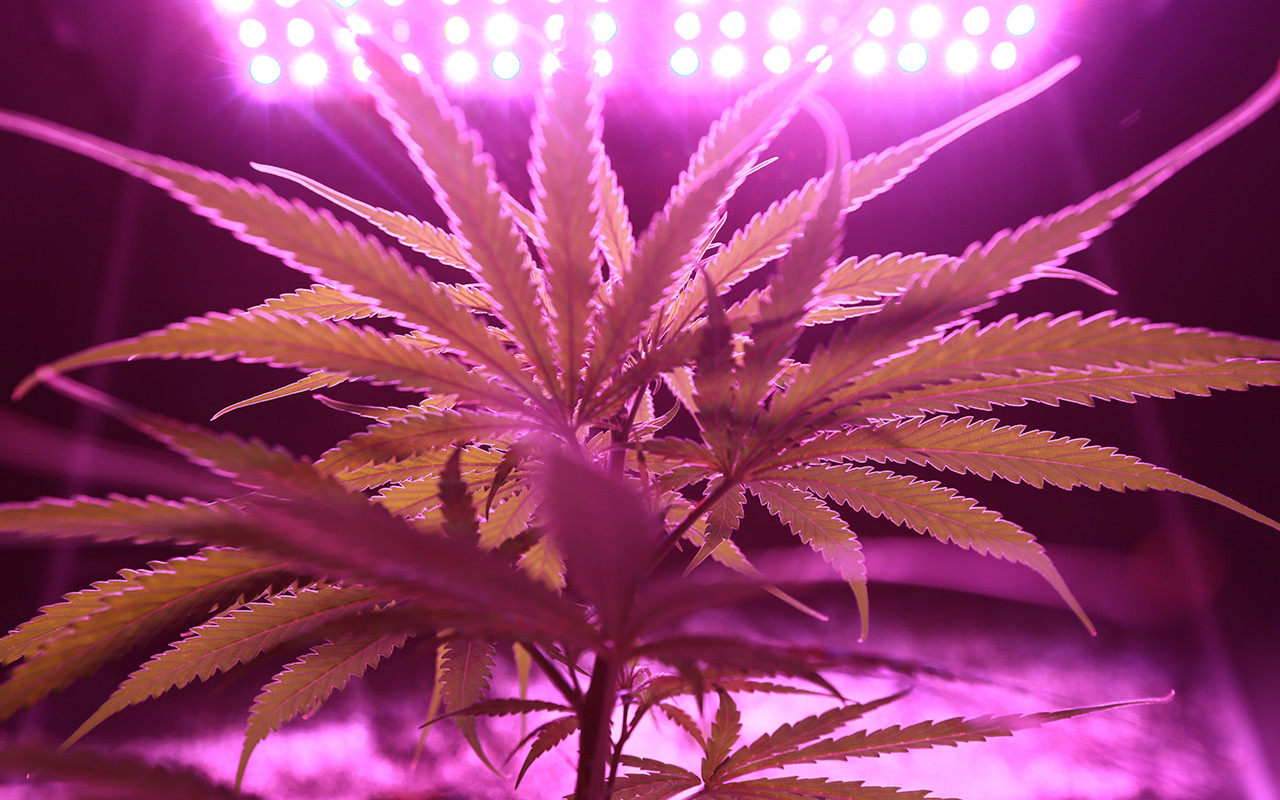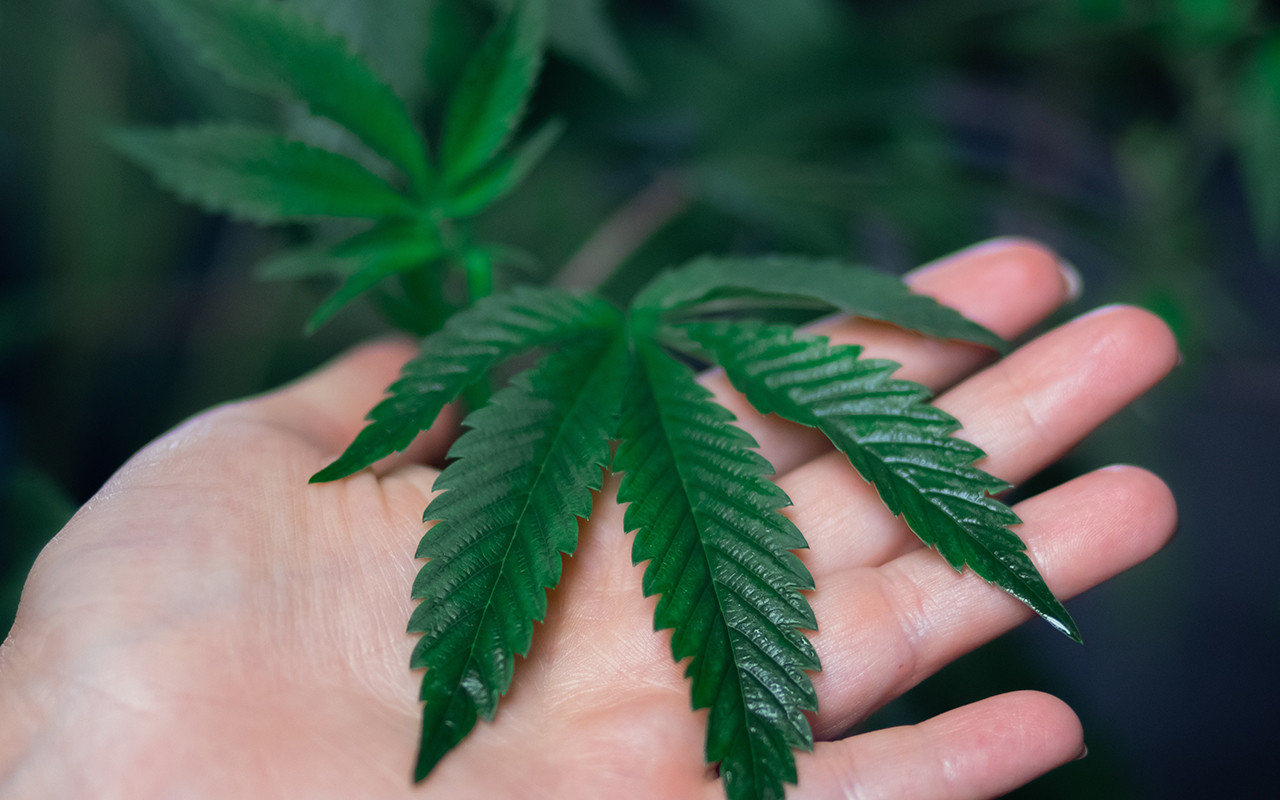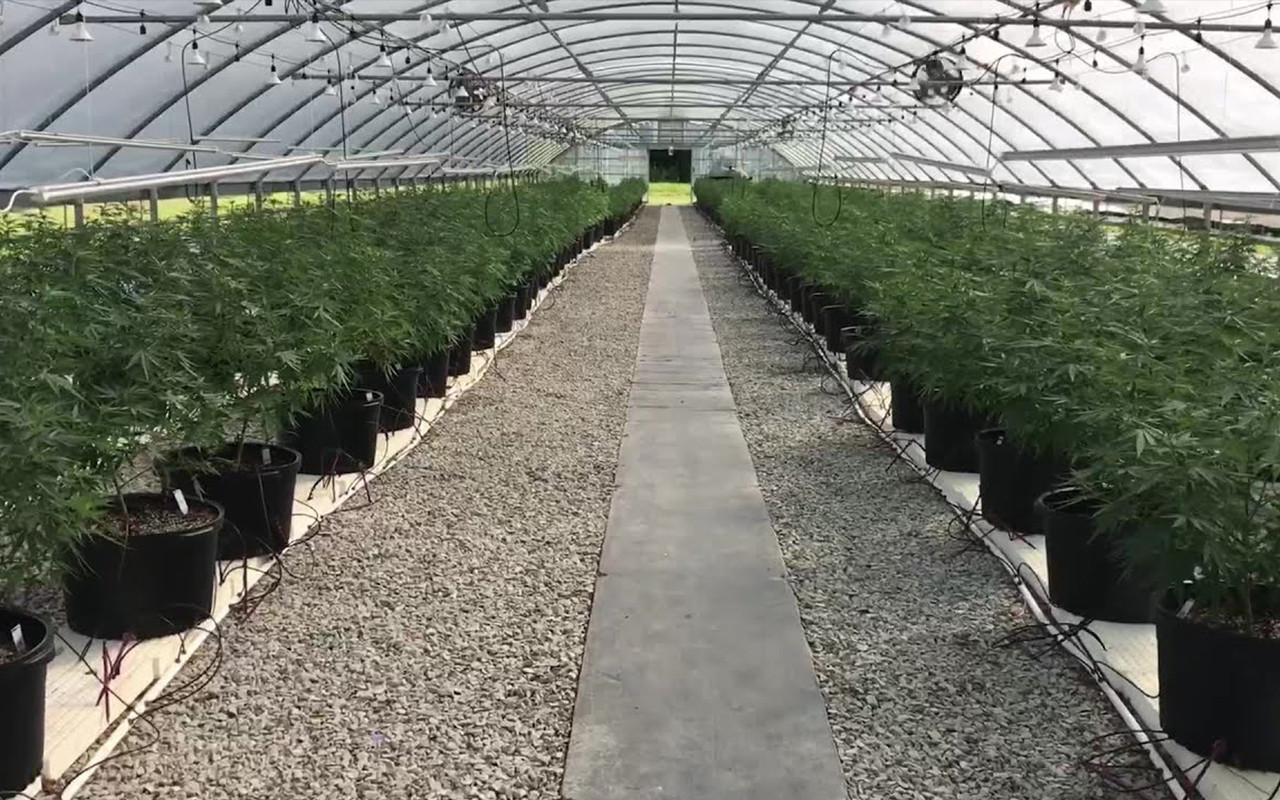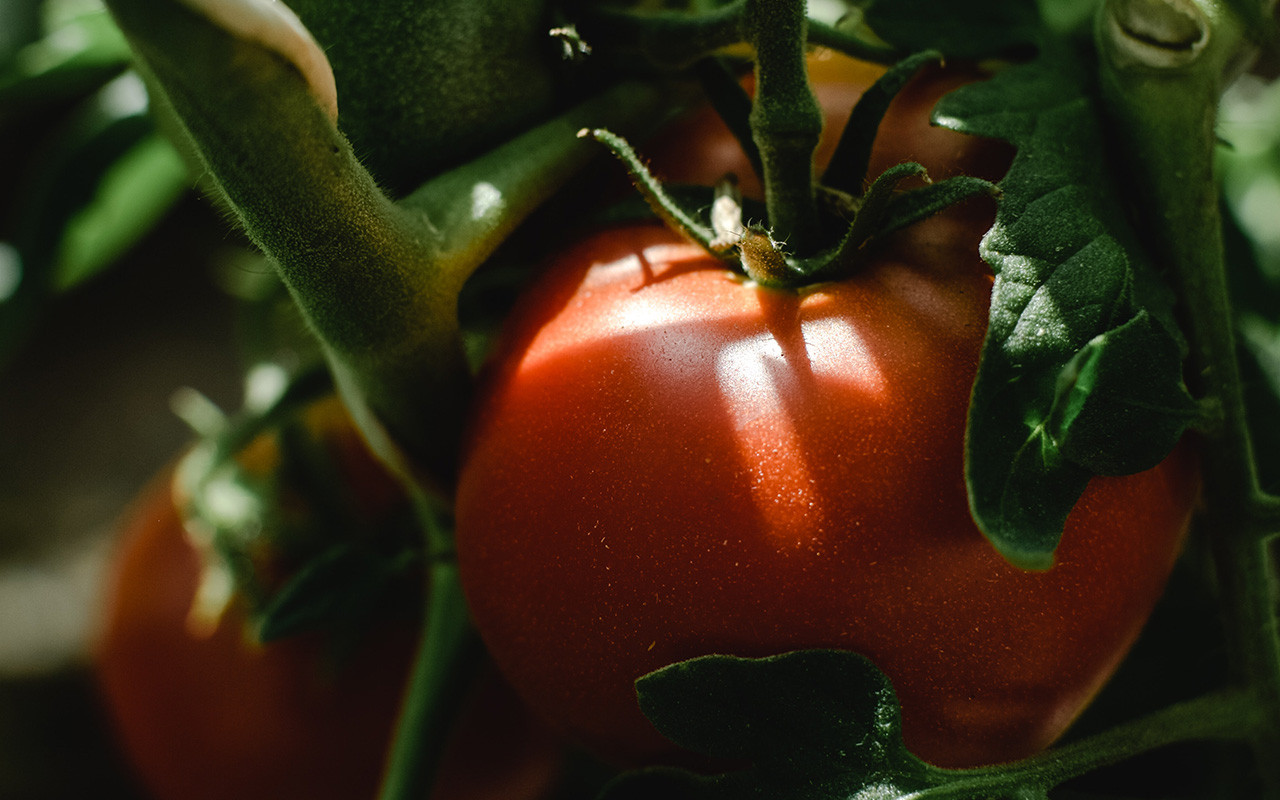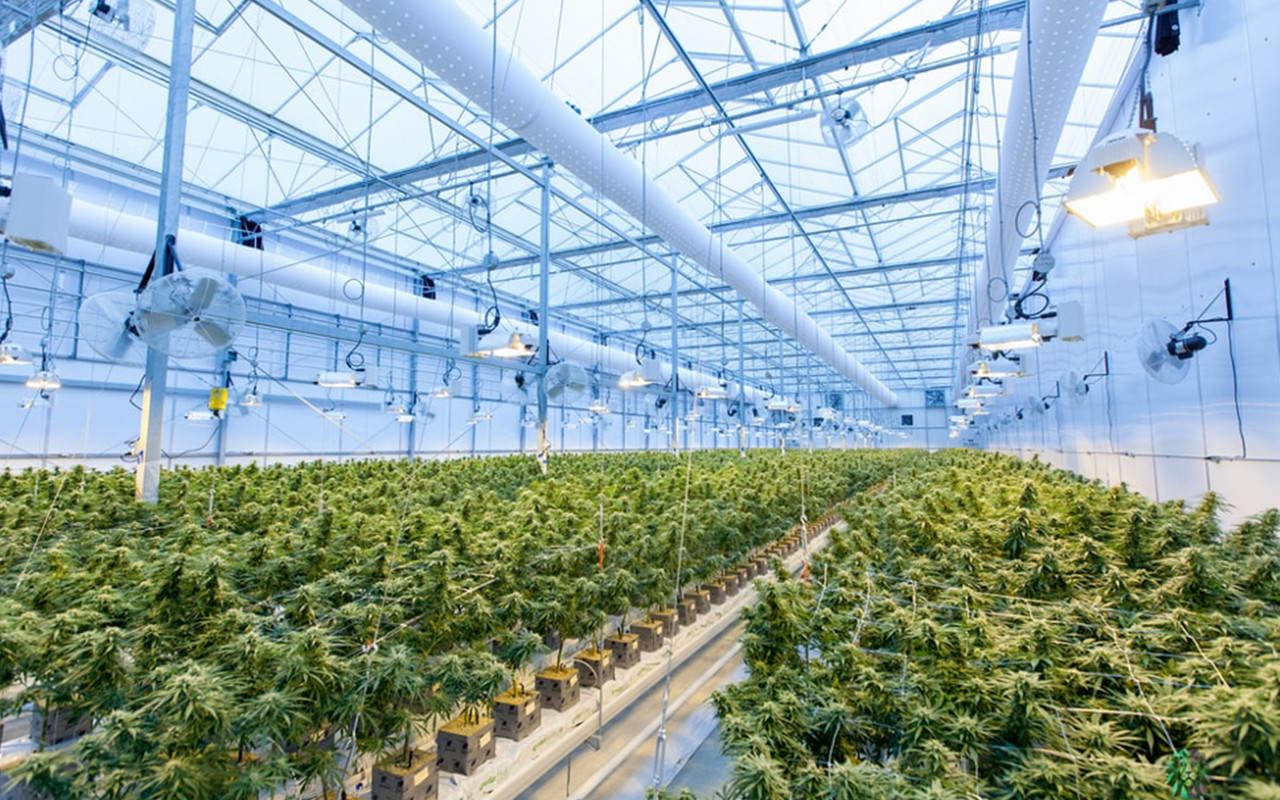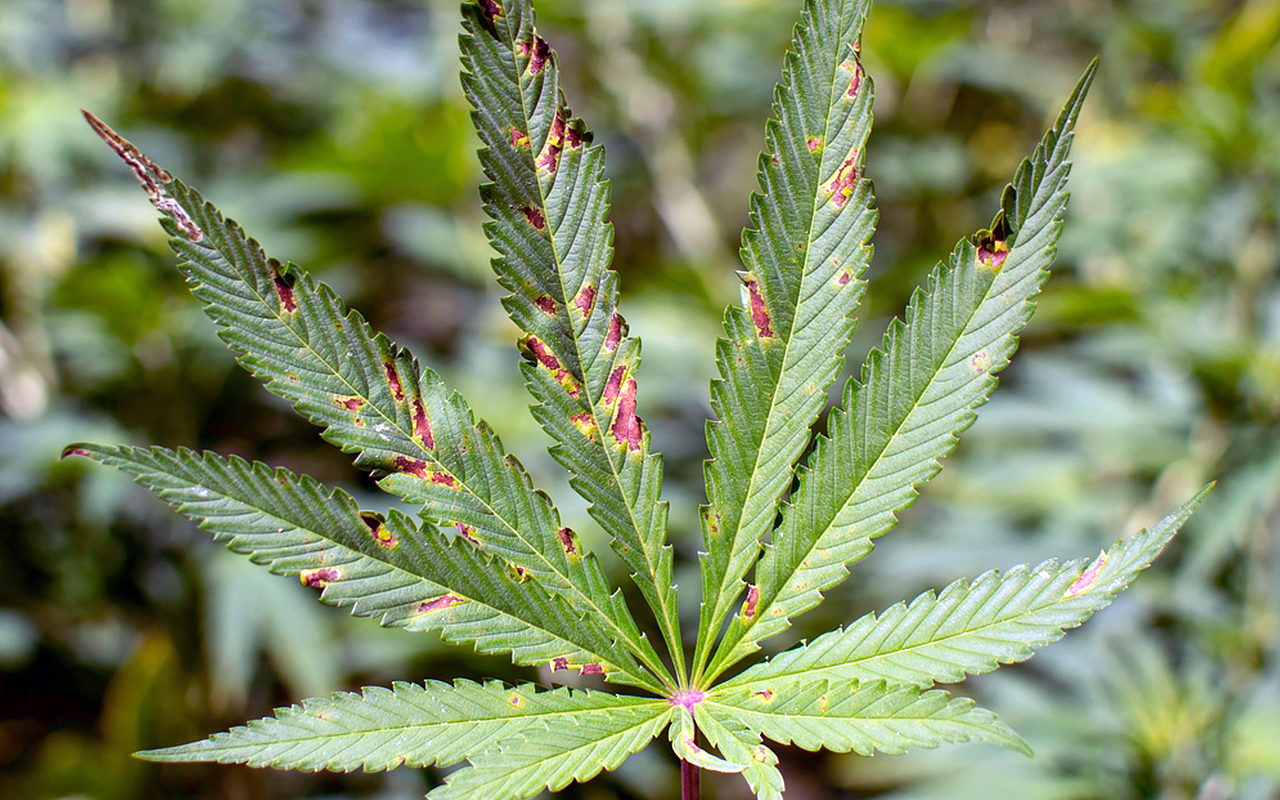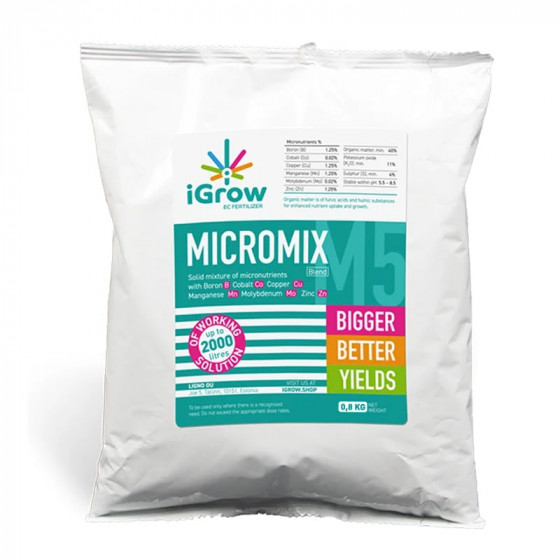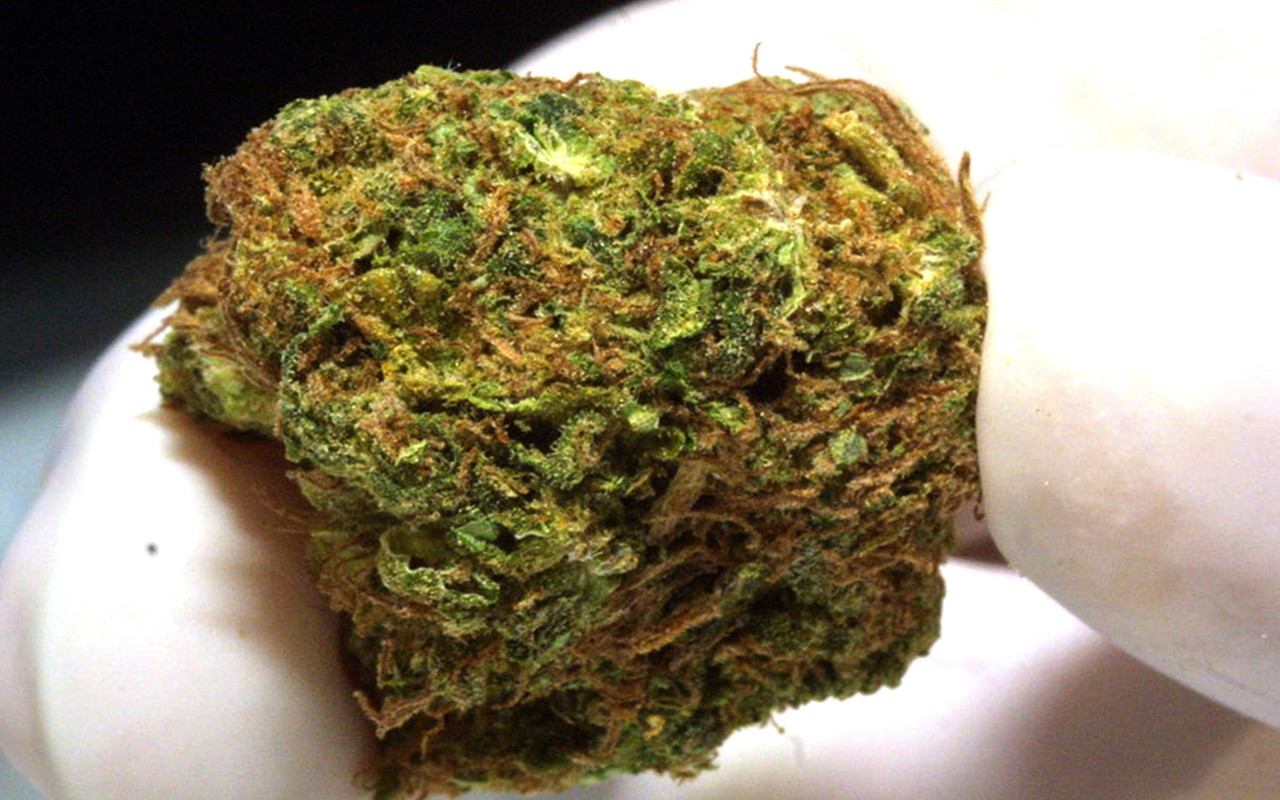
The Dangers of Synthetic PGRs
What Are Synthetic PGRs?
Synthetic PGRs are chemicals that mimic the effect of hormones in plants. Two of the most popular synthetic PGRs are Paclobutrazol (Paclo) and Daminozide. These chemicals are designed to promote dense flowers and keep plants unnaturally short and bushy.
Synthetic PGRs were first introduced in the 1970s and quickly became a staple in greenhouses and nurseries. They were relatively inexpensive and easy to use, so growers began using them regularly. However, over time, we have learned that these synthetic PGRs are actually quite dangerous.
The Dangers of Synthetic PGRs
PGRs have a contentious reputation; while they are approved for agricultural purposes in some countries, other nations have banned their use. An example of this would be that European farmers use daminozide as a pesticide, but in the United States it is viewed as a probable carcinogen. Consequently, its usage on crops is not allowed.
Synthetic PGRs have been linked to a number of health concerns in both animals and humans. Studies have shown that exposure to Paclo can cause vomiting, diarrhea, anorexia, tremors, and convulsions in animals. It has also been linked to reproductive and developmental problems.
Chlormequat chloride is a popular growth regulator that may irritate the respiratory system and cause nausea in the short term, as well as damage the liver over extended periods of exposure.
What's So Bad About PGR Cannabis?
What is the role of natural grow promoters? DNA transcription proteins are damaged or activated by natural plant hormones. Some proteins spurt growth while others stunt it. The synthetic exogenous hormones lets growers break these natural biological processes.
In other words, growers can cheat nature. Water uptake is increased due to the activation of growth-promoting genes, which compels cells to grow. And, yes, buds get larger and thicker.
However, by playing with synthetic plant hormones, cannabis growers put themselves at a risk. In most cases THC and terpene levels in PGR cannabis are significantly lower than average. So while the final product is visually attractive thick and large buds, the fragrance and psychoactive components that define cannabis make you high are lost.
So why are these dangerous chemicals still in use?
The answer is simple: they're cheap and they work. Synthetic PGRs are much cheaper than natural alternatives, so they are still widely used in greenhouses and nurseries. However, we urge you to avoid them if at all possible. There are a number of safe and effective natural alternatives that can be used to promote growth in your plants.
What are some natural alternatives to PGRs?
There are a number of safe and effective natural alternatives to PGRs. For example, kelp extract is a popular growth promoter that can be used in place of synthetic PGRs. Kelp extract is rich in nutrients and minerals that plants need to thrive, so it's a great way to promote growth without the use of harmful chemicals.
Another popular option is humic and fulvic acid. These acids are found naturally in the environment, and they can be used to promote plant growth. They are often used in conjunction with kelp extract, as they help plants to absorb nutrients more effectively.
Conclusion:
So, if you want to make sure your garden is reaching its full potential, use plant growth stimulants. Just be sure to stick with the natural ones – they may take a little longer to work but they’re safe and effective. And if you don’t have time to shop for them online, we’ve got you covered – just head over to our catalog and we’ll help get your garden growing like never before.







